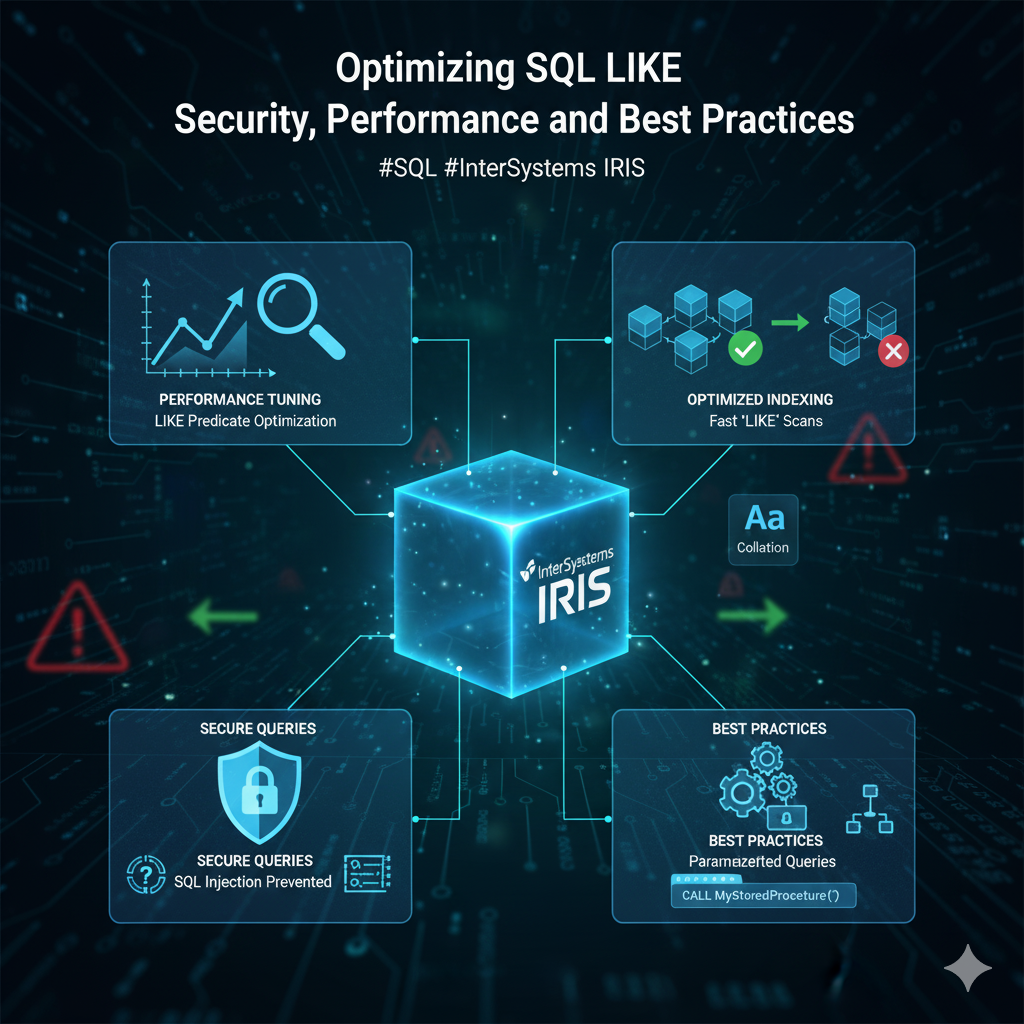In my previous article, Using LIKE with Variables and Patterns in SQL, we explored how the LIKE predicate behaves in different scenarios, from Embedded SQL to Dynamic SQL, and what happens to performance when wildcards and variables come into play. That piece was about getting comfortable writing a working LIKE query. But writing SQL that works is only the starting point. To build applications that are reliable, scalable, and secure, you need to understand the best practices that underpin all SQL, including queries that use LIKE.
This article takes the next step. We’ll look at a few key points to help strengthen your SQL code, avoid common pitfalls, and make sure your SELECT statements run not just correctly, but also efficiently and safely. I'll use SELECT statements with LIKE predicate as an example along the way, showing how these broader principles directly affect your queries and their results.

*This is what Gemini came up with for this article, kinda cute.
.png)

.png)
.png)


